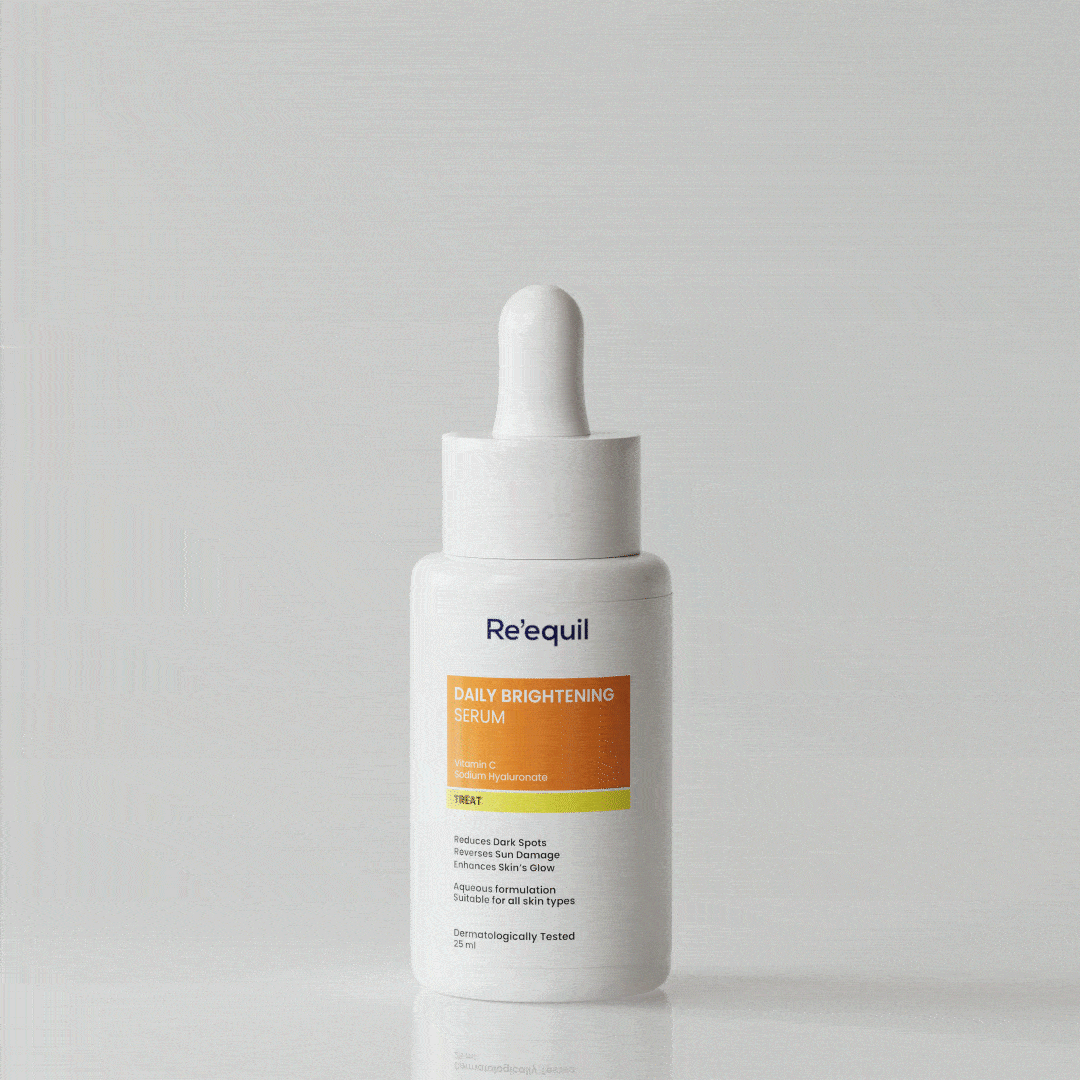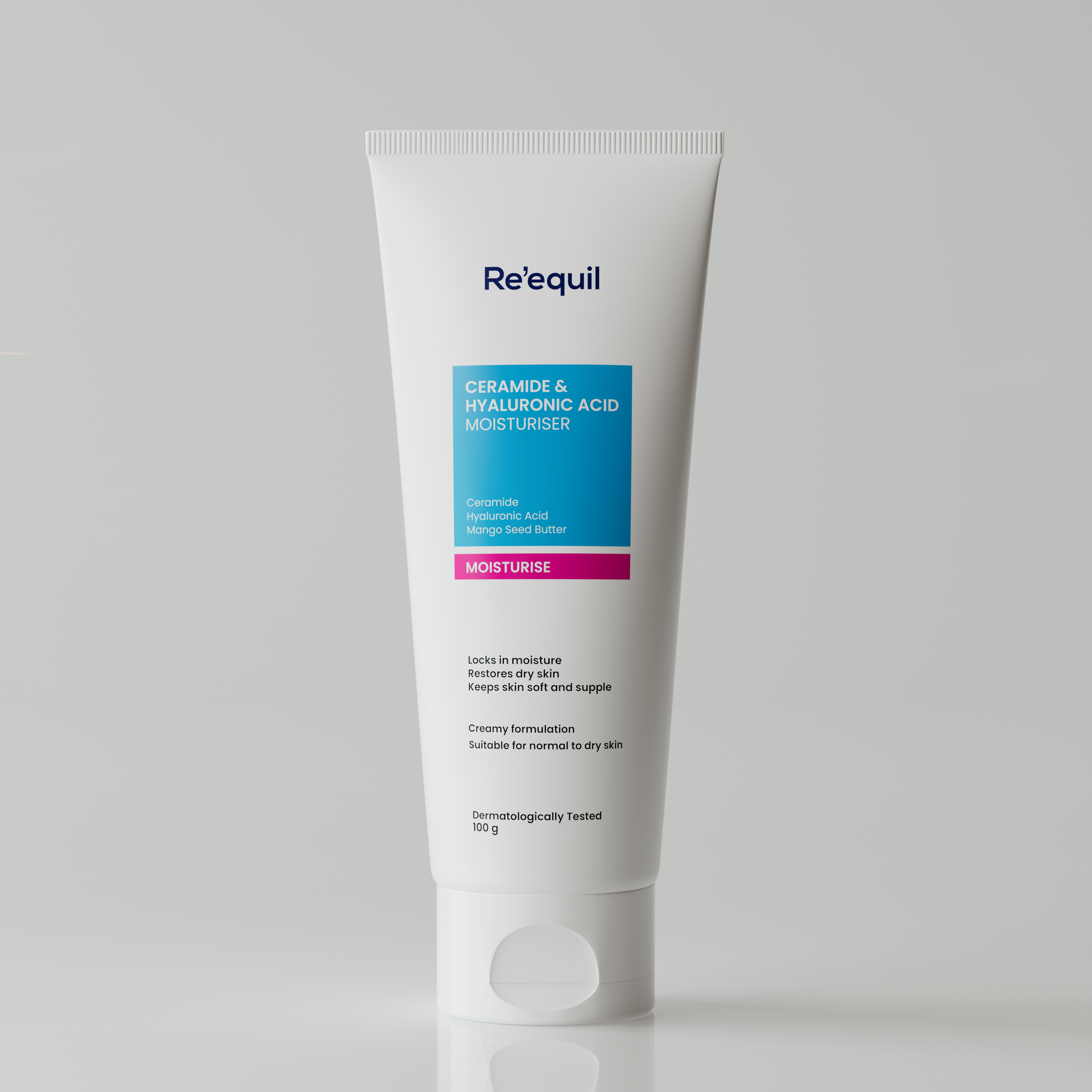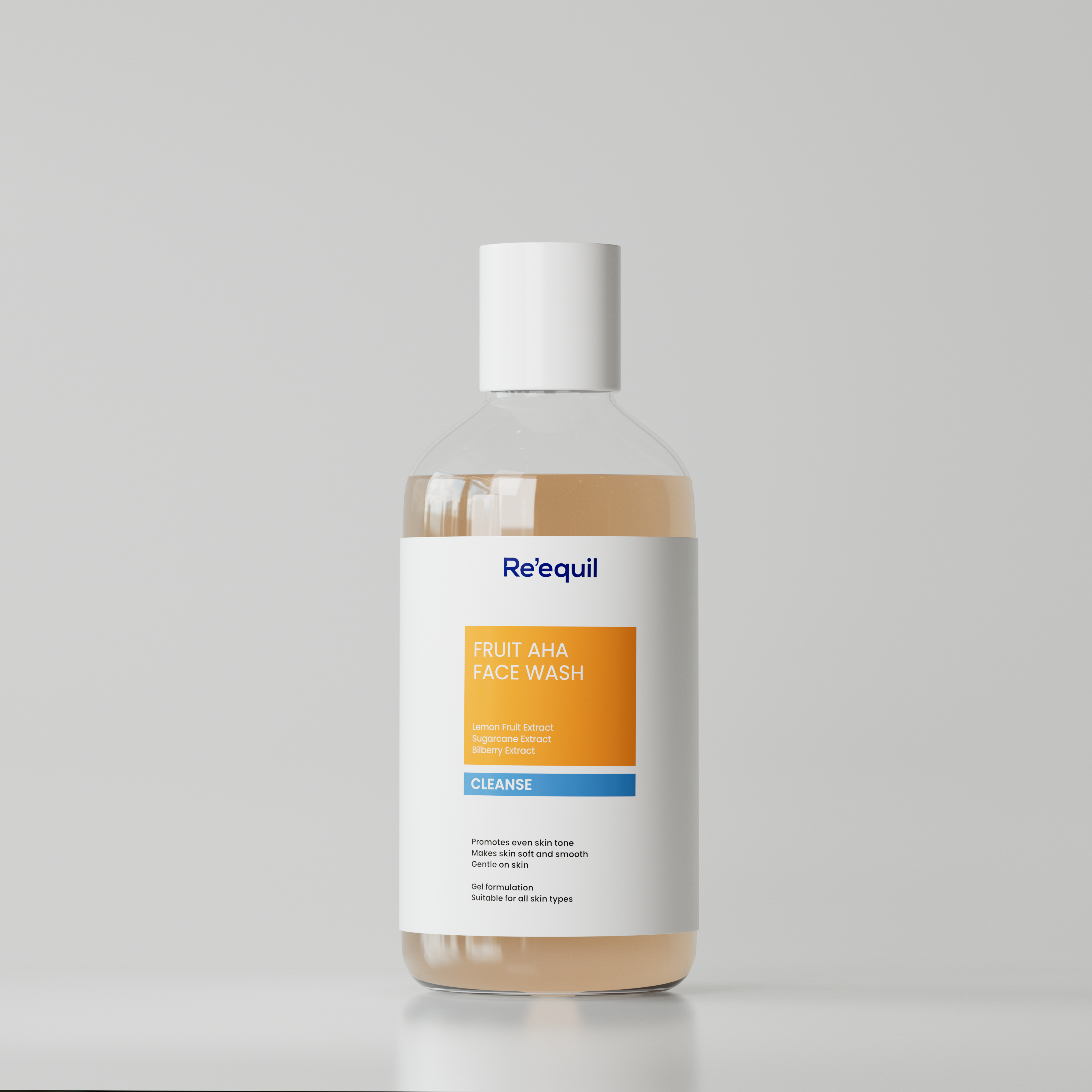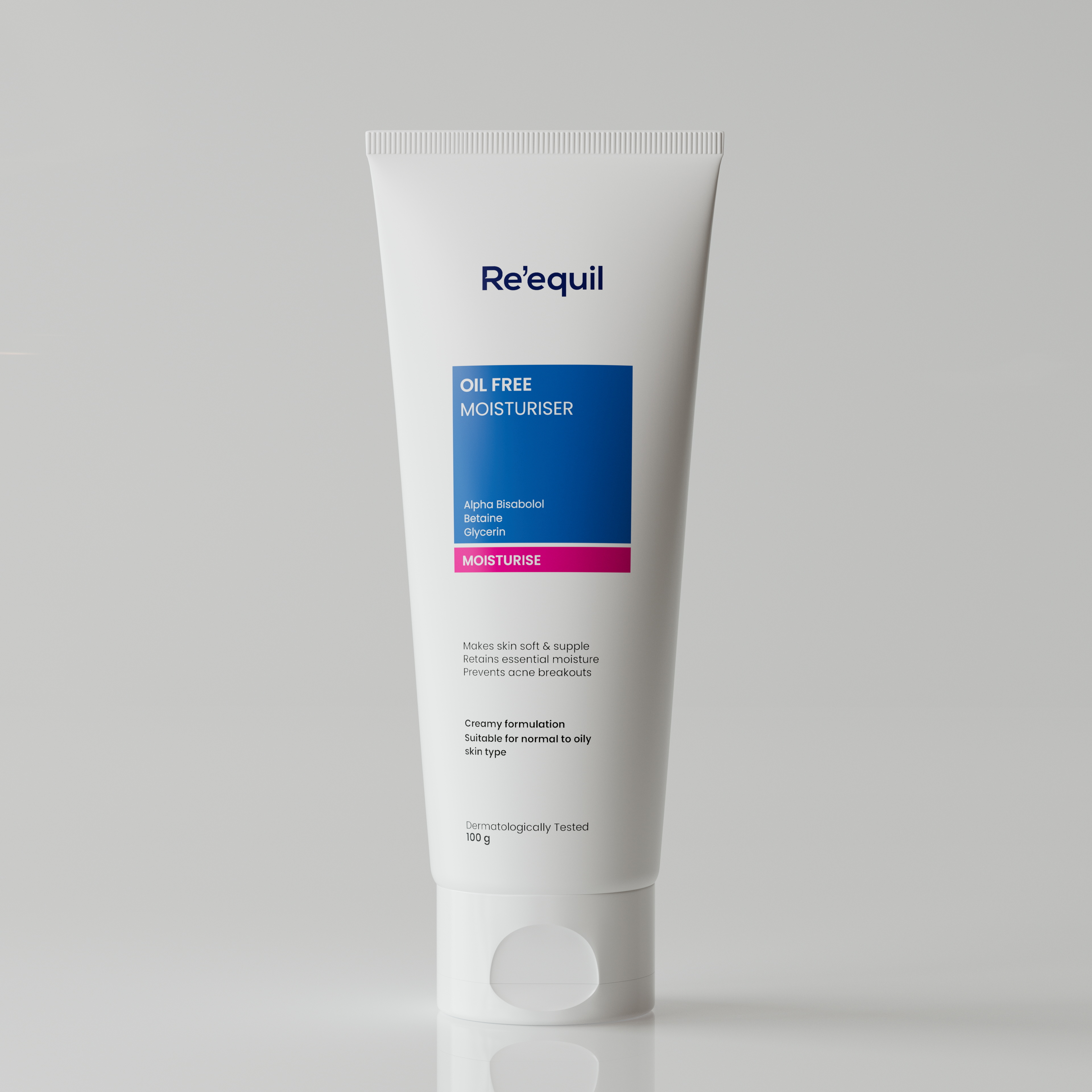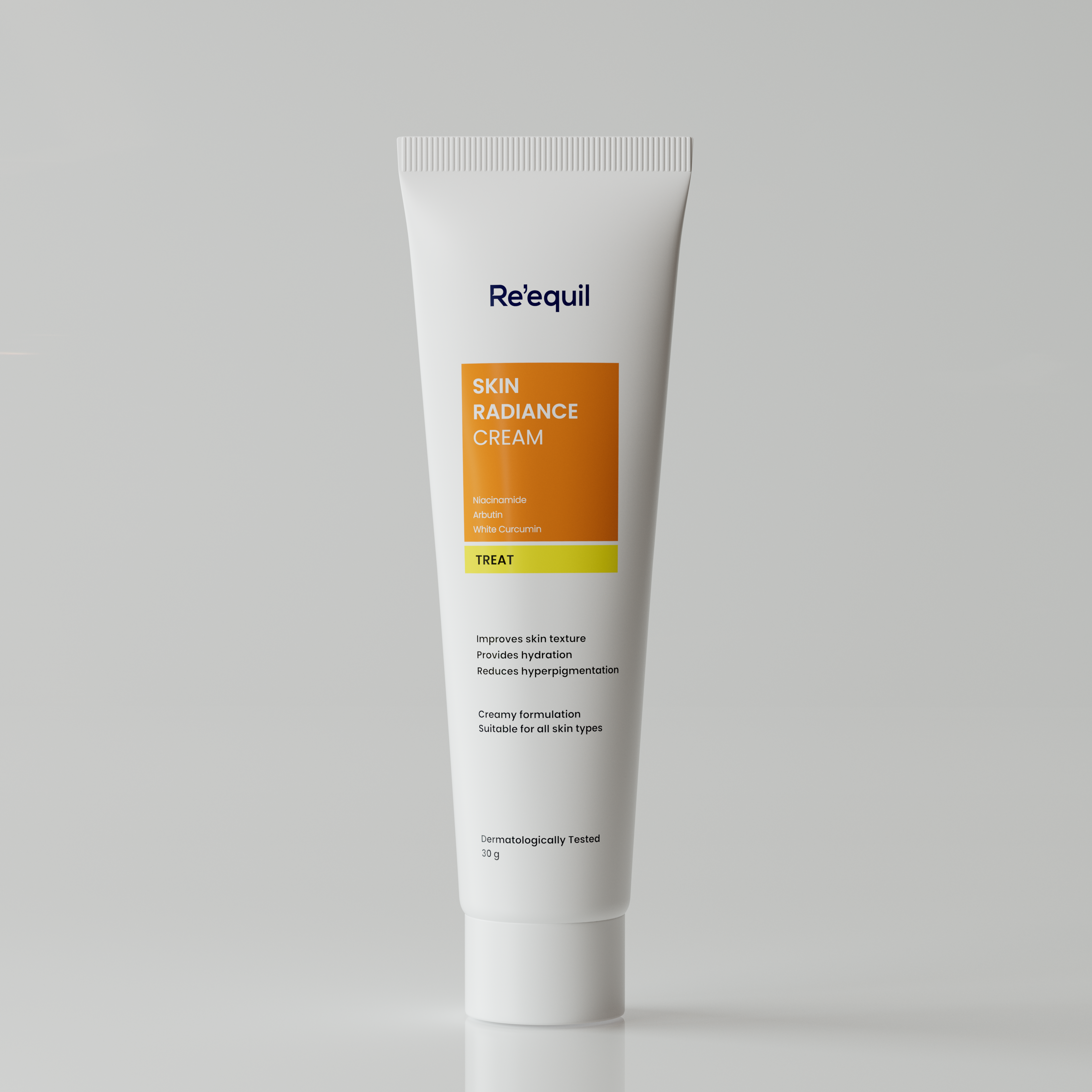Glycolic Acid (AHA) has profuse benefits for the skin such as reducing hyperpigmentation and fine lines and wrinkles.
However,GA can also cause initial reactions—skin irritation and small bumps—according to a 2018 study.
These reactions are called skin purging.
It happens when you have recently started using an active ingredient—such as Glycolic Acid.
For most people, skin purging is like a bolt from the blue.
They can’t often understand what it is that they are experiencing—and more importantly—what to do about it.
With that comes a few bewilderments such as whether to lower the frequency of usage or stop using the active altogether.
This blog will help you apprehend why Glycolic Acid might cause skin purging and how to avoid it in the first place.
What exactly is skin purging?
Purging is a temporary phase where the skin is getting adjusted to the increased cell turnover rate triggered by an active ingredient.
In this phase, the skin may become red and irritated—and develop small bumps—which are often mistaken for acne.
READ - Is It Skin Purging or Breakout? Here Is How You Can Tell the Difference
Unlike acne—which can be a prolonged skin concern—skin purging subsides within 3-4 weeks.
Moreover, purging mainly occurs in the areas where you might typically get breakouts.
Why does Glycolic Acid cause skin purging?
Glycolic Acid boosts the cell renewal process—meaning it effectively sheds off dead skin cells—promoting the growth of new skin cells.
As the new skin emerges to the surface, excess sebum and dead cells are also pushed to the surface—resulting in acne-like bumps.
What’s happening here is your skin is trying to get rid of unwanted cells.
If you have acne-prone skin or a buildup of excess dead skin cells—you are more likely to experience skin purging from Glycolic Acid.
How can you prevent skin purging while using Glycolic Acid?
There is no doubt that you do need to be cautious with chemical exfoliants.
AHAs including Glycolic Acid can alter the pH of the outer skin layers—this can cause a few not-so-pleasant effects.
So here are a few precautions to keep in mind when using Glycolic Acid:
Don’t opt for higher concentrations. UV-induced phototoxicity is linked to higher AHA concentrations, according to a study
If you are new to Glycolic Acid, start with lower concentrations such as 1% to 5%.
Higher concentrations of Glycolic Acid such as 10% or more can affect deeper layers of the stratum corneum and disrupt the cohesion of skin barrier corneocytes.
This can make your skin more prone to sun damage. Moreover, it can even result in skin irritation and peeling.
Start by using it 3 times a week
It's important to give your skin time to adjust, especially when introducing a new active ingredient.
The best way to start using Glycolic Acid is by applying it 3 times a week, whether it's in a cleanser, gel-based cream, or serum. Gradually add it to your skincare routine.
If you don’t experience any adverse reactions, you can increase usage to 4 - 5 times a week starting the following week.
Do not mix Glycolic Acid with Retinol, Salicylic Acid, or Vitamin C
While using Glycolic Acid, don’t use active ingredients that rapidly increase cell turnover rate.
Topical Retinol, Salicylic Acid and Vitamin C are quite potent—and when used alongside Glycolic Acid—can quite literally be a recipe for skin irritation, flaking, and redness.
Do not skip sunscreen
Glycolic Acid or AHAs in general can increase the sensitivity of skin to UV light.
GA sheds dead skin cells—basically removing cells from the top layer of your skin—leaving your skin more vulnerable to external irritants including UV rays.
Nevertheless, Sunscreen is an essential part of your skincare routine—regardless of whether you are using an active or not.
References
1. Tang, C., & Yang, H. (2018). Dual Effects of Alpha-Hydroxy Acids on the Skin. Molecules : A Journal of Synthetic Chemistry and Natural Product Chemistry, 23(4). https://doi.org/10.3390/molecules23040863
2. Rosso, J. D., Zeichner, J., Alexis, A., Cohen, D., & Berson, D. (2016). Understanding the Epidermal Barrier in Healthy and Compromised Skin: Clinically Relevant Information for the Dermatology Practitioner: Proceedings of an Expert Panel Roundtable Meeting. The Journal of Clinical and Aesthetic Dermatology, 9(4 Suppl 1), S2. https://www.ncbi.nlm.nih.gov/pmc/articles/PMC5608132/




